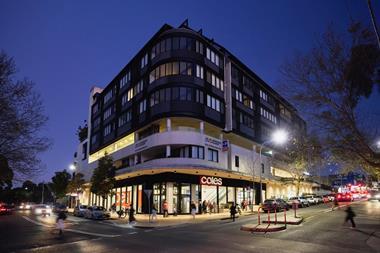Investors buying in the secondary real estate fund market are in a good position to benefit from better performance than those buying direct.
According to a report by CBRE Research and unlisted property funds pricing platform PropertyMatch, there are several benefits achieved, such are the pricing and queue-jumping, by buying on the secondary market.
Data analysed shows that trading via the secondary market invariably offers a cheaper entry point than the primary market, where a premium of up to 6% to net asset value will often be paid, the report said.
An analysis of PropertyMatch shows investors have saved an average of 6.11% against the price that would have been paid on the primary market.
The analysis shows that a fund investing blindly through the secondary market would have out-performed one investing with perfect foresight in the primary market in each of the last four three year periods
Investors can often deploy capital more quickly on the secondary market, receiving funding performance faster than would be the case if they entered a queue on the primary market, according to the report.
Dominic Smith, senior director, CBRE Research said: “Our latest analysis supports the case for investing via the secondary fund market. The findings highlight the case for short-term tactical optimism when constructing real estate fund portfolios as well as the combined performance benefits of favourable pricing and queue jumping.
”Whilst liquidity in the secondary market is lower than the direct market it remains at a respectable level of around 3-4%.”
To read the digital edition of the latest IPE Real Assets magazine click here.
















